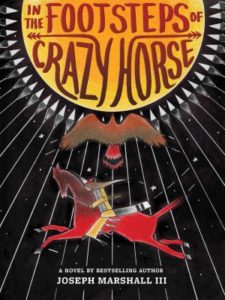 In children’s literature, Native peoples are too often depicted as peoples of the past. They ride horses, their dark hair flowing in the wind as they chase down a buffalo. Joseph Marshall III’s book, in contrast, is about a present-day Native American youth. At the heart of the story is Jimmy, a young Lakota boy whose mixed ancestry means that, unlike his peers, he’s got light hair and blue eyes. He gets teased for his appearance. His grandfather decides to take him on a road trip. Along the way, Jimmy learns about Crazy Horse, who had light-colored hair, too.
In children’s literature, Native peoples are too often depicted as peoples of the past. They ride horses, their dark hair flowing in the wind as they chase down a buffalo. Joseph Marshall III’s book, in contrast, is about a present-day Native American youth. At the heart of the story is Jimmy, a young Lakota boy whose mixed ancestry means that, unlike his peers, he’s got light hair and blue eyes. He gets teased for his appearance. His grandfather decides to take him on a road trip. Along the way, Jimmy learns about Crazy Horse, who had light-colored hair, too.
Most stories about military leaders emphasize their heroism, but Jimmy’s grandfather also provides much-needed context about the grim realities of war. Mutilations, he tells Jimmy, are horrible, no matter who inflicts them. Jimmy and his grandpa visit a monument that marks the site of a battle. To Lakota people, it is the Battle of the Hundred in the Hand. In U.S. history books, however, it is the Fetterman Massacre — who tells history matters. The story of this warm and engaging road trip ought to be taught in every classroom. [Description by Debbie Reese of American Indians in Children’s Literature for Rethinking Schools.]
The Battle of the Hundred in the Hand was on December 21, 1866. Crazy Horse was also one of the leaders of the Battle of Little Big Horn on June 25-26, 1876.
About the Author
Joseph Marshall III, raised on the Rosebud Sioux Indian Reservation, is an enrolled member of the Sicangu Lakota (Rosebud Sioux) tribe. His internationally acclaimed works include nine nonfiction books, four novels, a collection of short stories and essays, and several screenplays. He divides his time between Albuquerque, New Mexico, and the Rosebud Reservation in South Dakota.
ISBN: 9781419707858 | Amulet Books

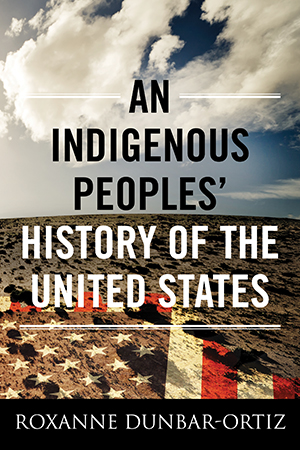
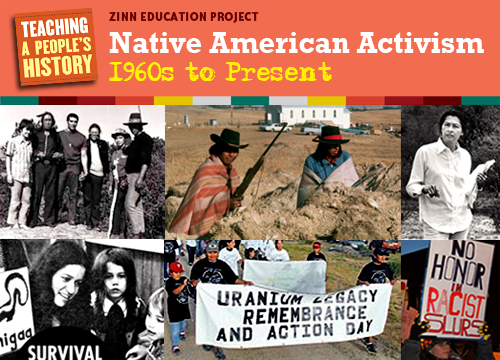
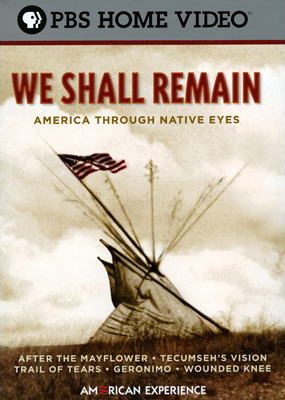

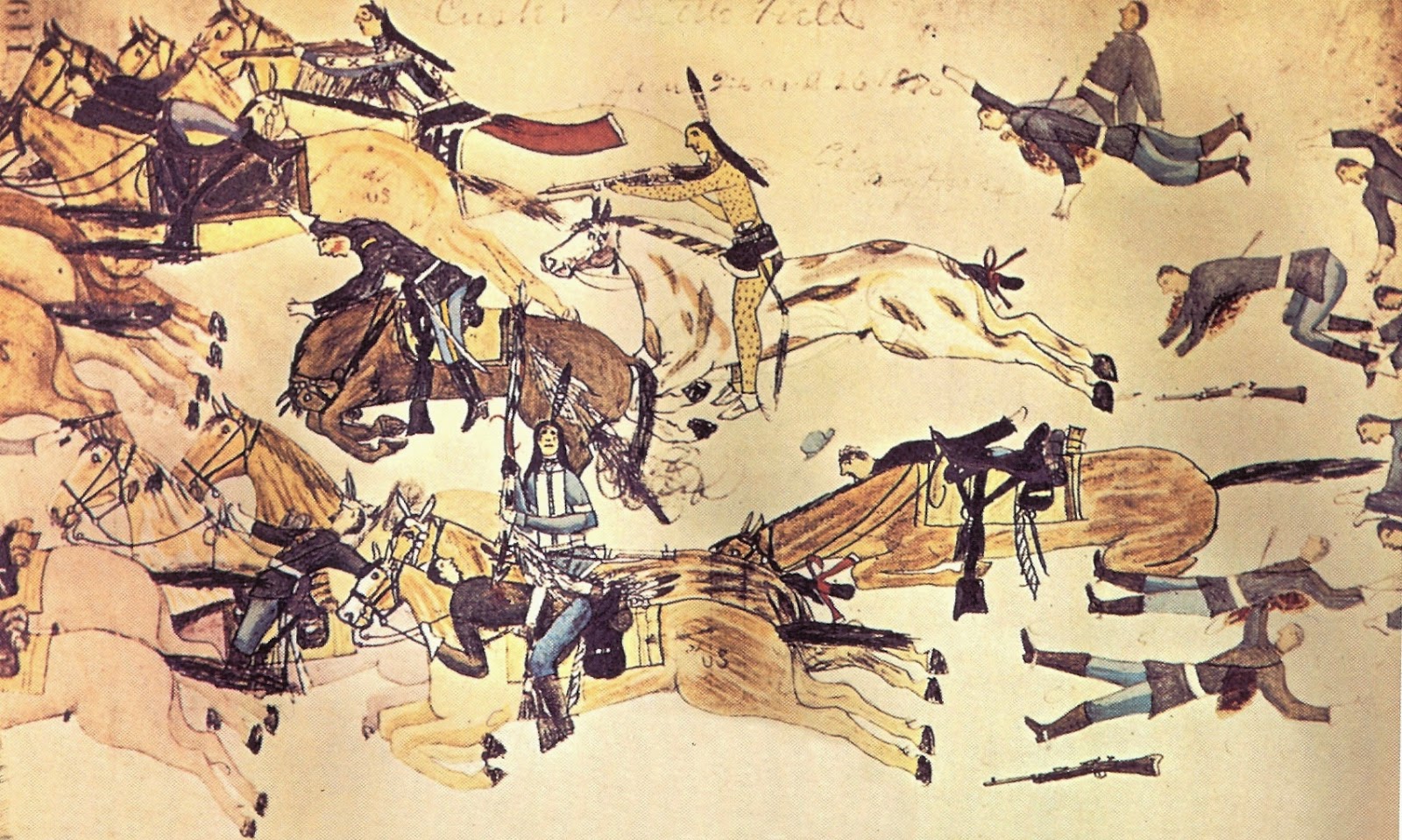






Twitter
Google plus
LinkedIn